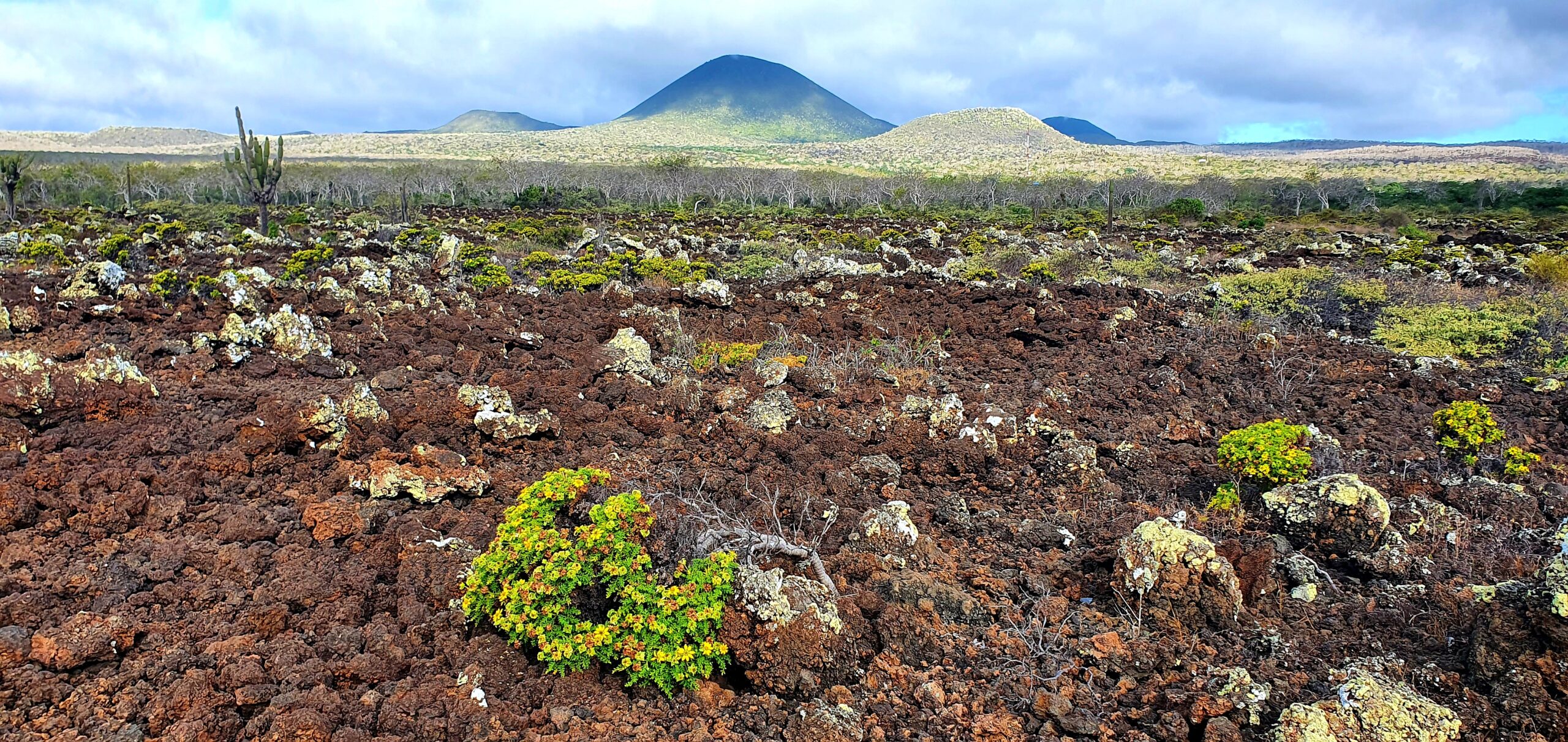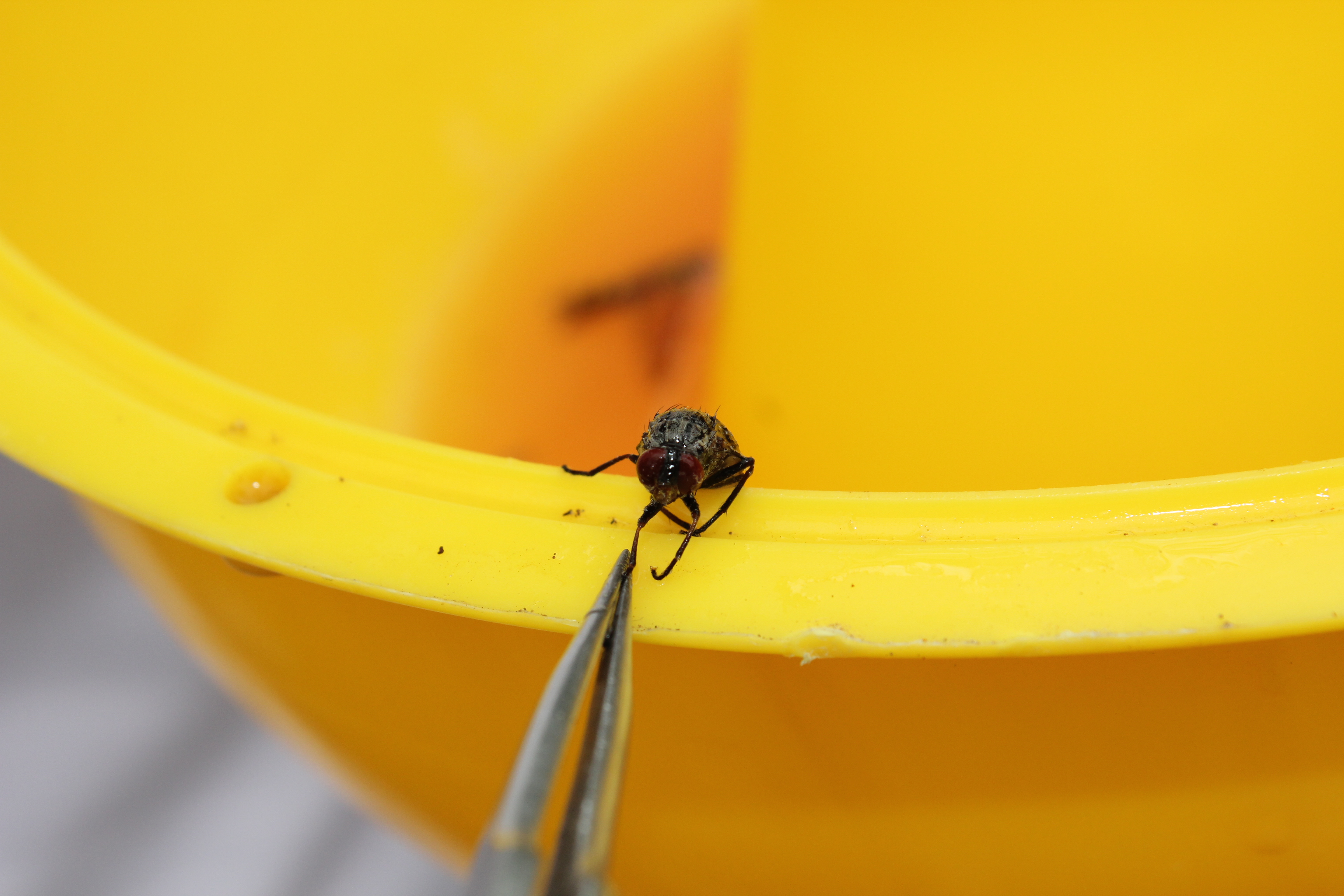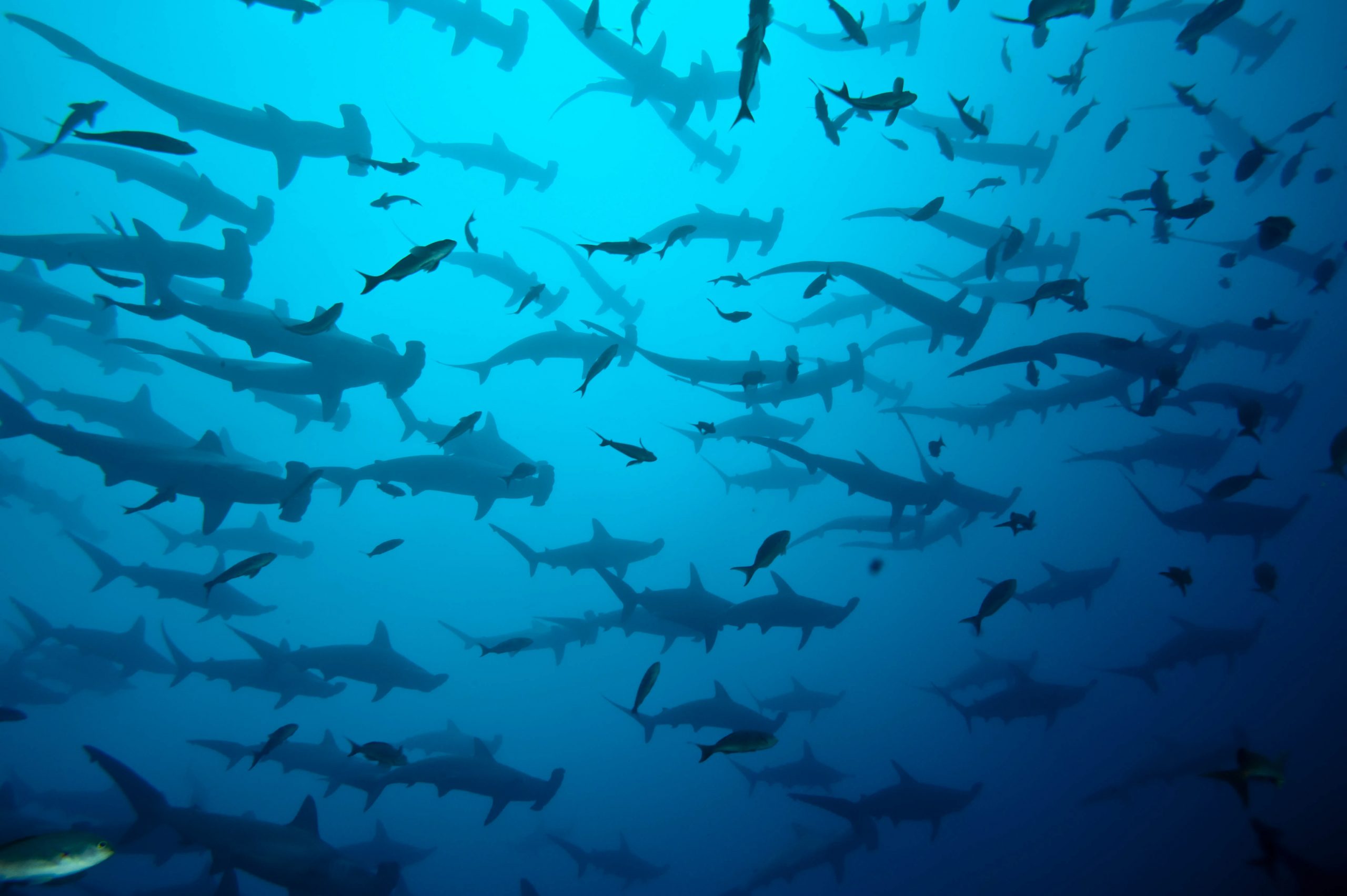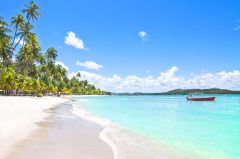Protecting the Enchanted Isles: Galapagos Conservation Trust
Ben Westwood - Product & Marketing
Ben Westwood reports on the vital environmental work of The Galapagos Conservation Trust, and how nature tourism can benefit this amazing archipelago's fragile eco-system.
The Galapagos Islands are incredible and unique, revered for the promise of extraordinary close encounters with fearless wildlife. Countless creatures on the islands are found nowhere else on Earth. This Pacific Ocean archipelago has become one of the world's top wildlife tourism destinations. However, increased development has brought with it environmental problems that threaten the islands' ecology.
The Galapagos Conservation Trust (GCT) is working with the Galapagos National Park Directorate, the Charles Darwin Foundation, locals and tourists to protect the islands.
What are the environmental problems in the Galapagos?

Development in the Galapagos has accelerated rapidly in recent years and the local population continues to rise steadily to 33,000 residents. This growth has brought a range of problems, in particular invasive species on the islands. Pets, livestock and pests (dogs, cats, goats, mice and rats) have had a devastating effect on endemic wildlife, and introduced plants such as blackberries have been similarly destructive. More than 50 Galapagos species are currently considered critically endangered, including giant tortoises, waved albatross, mangrove finches and pink iguanas.
Another key problem is overfishing, particularly of endangered sharks, not only by locals but also by illegal foreign vessels entering the waters. This problem worsened during the Covid pandemic, when fishermen looked for alternative sources of income in the absence of tourism.
Plastic pollution is also a major issue on the islands, with much of it washing up from coastal cities on the South American mainland. The islands' waste management system is also struggling to cope with an expanding population.
how does the Galapagos Conservation Trust help?
Galapagos Conservation Trust (GCT) is the UK’s only charity focusing exclusively on the conservation and sustainability of the Galapagos archipelago. GCT has ambassadors including descendants of the great Charles Darwin, whose theory of evolution was inspired by visiting the islands in 1835. The charity is rightly proud of its record of 85p for every £1 donated being spent directly on Galapagos conservation, and is involved in multiple projects to improve the archipelago's environment.
removing galapagos Invasive species

Invasive species on the Galapagos include parasitic flies.
One of GCT's biggest current projects, working alongside a host of other partners, is on the southern island of Floreana. Here 55 species are under threat from invasive species and 12 have already become extinct - one notable species is the Floreana mockingbird, which became extinct on its namesake island and now only survives on two offshore islets. GCT is working with partner organisations to eradicate invasive species, and there have already been great successes with the removal of feral dogs, pigs and goats. Livestock are now fenced in, whereas previously they could roam free, wreaking havoc around the island. The latest project involved a huge operation to lay bait for mice and rats, while capturing birds such as finches to protect them from eating the bait. This phase of the project seems to have been successful, although close monitoring continues.
Mike Crossley, Head of Fundraising at Galapagos Conservation Trust comments: “We're already seeing the positive impacts, and the Galapagos dove has now returned to Floreana for the first time in many years. The rats not only threatened endemic species but also ate crops so local farmers will be happy to see the back of them. One farmer was excited that he could now grow pineapples."
The next project aim for Floreana is to re-introduce species including giant tortoises and Galapagos racer snakes (harmless to humans) once the cats have been removed, then re-introduce birds including little vermilion flycatchers, Floreana mockingbirds and Darwin's finches.
Protecting Galapagos marine life

Another priority for GCT is protecting the ocean. Nearly 20% of the ocean of Ecuador and Galapagos is now protected, partly due to the successful establishment of the new Hermandad Marine Reserve around the archipelago. The aim is to expand protection to 30% of Ecuador's waters by 2030.
The biggest danger to marine life is overfishing, particularly species such as hammerhead sharks and whale sharks. GCT and its partners are using drones and underwater cameras to analyse where these species are breeding and to track migration routes in order to help create more protected marine areas.
The Galapagos Marine Reserve was expanded in 2022 to increase the area of protected waters. The rebound in tourism income has reduced illegal fishing and more boat patrols have helped to reduce this harmful activity.
Reducing galapagos plastic pollution

Another key problem is plastic pollution. More than eight tonnes of plastic are collected from Galapagos beaches every year, especially plastic bottles, fishing gear, films and sheeting. Most of this plastic comes from outside the Galapagos, from mainland Ecuador and Peru, as well as from fishing vessels operating in the region. Plastic particularly threatens marine life such as sea turtles and marine iguanas. Waste management remains a big issue on the islands with limited recycling facilities, little sewage treatment and landfill sites full.
GCT works with partners to organise beach clean-ups, lobbies for stricter plastic policies and helps educate locals and tourists to not buy plastic or bring it to the islands. Or if they do bring any plastic, visitors are encouraged to take it away at the end of the holiday.
How can nature tourism benefit the Galapagos?
Some 97% of the Galapagos is a national park and tourists come to see these wildlife-rich areas on strictly regulated visits. Tourists must keep a safe distance from all wildlife and stay within geographical and time limits, accompanied by certified naturalist guides.
More than 100 Galapagos visitor sites still only comprise less than 1% of the total land mass of the archipelago, so most of the Galapagos remains out of bounds to locals and tourists, visited only by national park staff and scientists. Tourism not only helps to keep these areas protected but also provides local employment to replace harmful fishing.
Additionally, the Galapagos National Park entry fee has recently doubled to $200pp for international visitors, and this extra $40m annual income will boost environmental protection for the region.
With all the great work of GCT and its partners in conservation and nature tourism, the hope is that the ecosystem of this mesmeric archipelago can be preserved and improved for future generations to enjoy in a more sustainable way.
What can you do to help the galapagos?
- Please donate to Galapagos Conservation Trust. We also recommend you sign up to receive the Galapagos Conservation Trust enewsletter to learn more about the Galapagos Islands and GCT's work.
- Customers booking a Galapagos holiday with Journey Latin America receive free membership of Galapagos Conservation Trust for one year.
- To help cut down on plastic bottles on your holidays, please purchase a Water to Go bottle. Journey Latin America customers receive a 30% discount.
- If you'd like to visit the Galapagos, browse our range of Galapagos Holidays.
Tailor-made holidays
Flexible, custom-made holidays to Latin America created to match your exact requirements: our tailor-made itineraries are as unique as the clients for whom they are designed.
Design my tripPapagaio
Your edit for Latin American inspiration
Our exciting range of articles on Latin America explore everything from iconic destinations and lesser-known cultural gems to delicious traditional recipes. You’ll also find exclusive travel tips, first-hand client reviews and the chance to get your personal questions answered by our travel experts.
View Extraordinary Inspiration






































